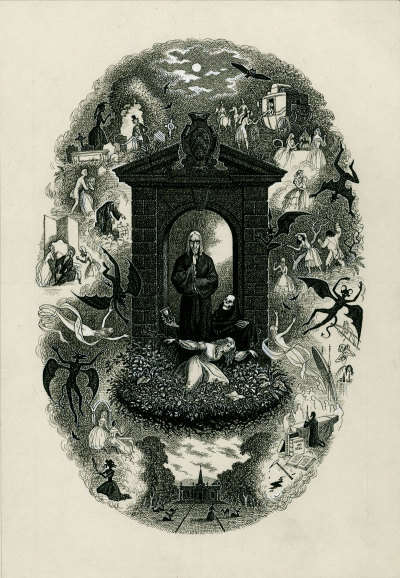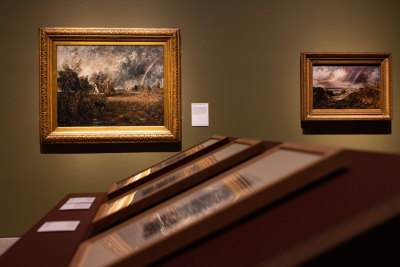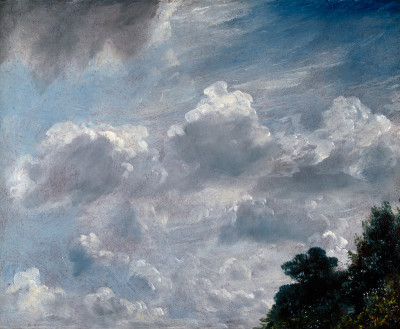Artist of the month: February 2015
Artist of the month: February 2015
Charles Stewart (1915-2001)
By The RA Collections Team
Published 3 February 2015
The illustrator Charles Stewart’s preoccupation with the past suggests he lead an unusual life.
-
Charles Stewart’s work is imbued with the spirit of the past. As artist, teacher and collector he also embraced the present with energy in response to complex responsibilities and dramas.
Stewart was born on 18 November 1915 on the island of Panay in the Philipines. A delicate child, by the time he was three he had been sent back to live at the family estate near Dumfries, Scotland, for health reasons. Between 1932 and 1937 Stewart’s burgeoning draughtsmanship received expert tuition at the Byam Shaw School of Painting and Drawing in London where he studied under F. Ernest Jackson ARA.
Stewart also briefly trained and performed as a professional ballet dancer and this enhanced his interest and understanding of theatrical design and informed the dramatic mis en scene of his illustration subjects. Personal projects served to refine his craft while he served in Air Raid Protection during the Second World War. Stewart’s drawings for the novel Uncle Silas by the Irish author Sheridan le Fanu (1814-1873) consciously recreate Victorian drawing and etching techniques and this became a pattern for Stewart’s practice, as many of his commissions were for Victorian texts or historically themed myths and stories.
-

Charles Stewart, ‘Uncle Silas’: Frontispiece, 1947.

Charles Stewart, 'We walked in silence to the balustrade', undated.

Charles Stewart, 'The figure of Uncle Silas rose up, with a death like scowl', undated.
-
From Stewart’s working archive, housed in the Royal Academy Collections, influences and inspirations are clear: Dickens volumes, fashion plates, sets of steel etchings by Phiz for long forgotten adventures, Bewick’s wood engravings and those of the twentieth century revival. For Stewart history was a living legacy in terms of his artistic and family antecedents. His uncle’s house, Shambellie, a Victorian Gothic, turretted pile, fascinated and terrified him as a small child. His father briefly managed Tabley House in Cheshire, whose Classical facade was the initial inspiration for Silas’ decaying mansion Bartram-Haugh before Stewart’s unerring research drew him to Lyme Park, also in Cheshire, which proved to be Le Fanu’s actual model.
Stewart’s career as book illustrator, teacher and co-principal at the Byam Shaw was cut short in the early 1960s. Shambellie House and its surrounding forests in “cold, grey Galloway” had been left to a series of ill-fated relatives, and it now fell to Charles to take over its management. It was not until 1987 that the war time drawings for Uncle Silas were taken up by Sue Bradbury at the Folio Society, reviving Stewart’s graphic masterpiece and his working life.
Charles Stewart’s illustrations to Uncle Silas are on display in the Tennant Gallery at the Royal Academy until 15 February.






